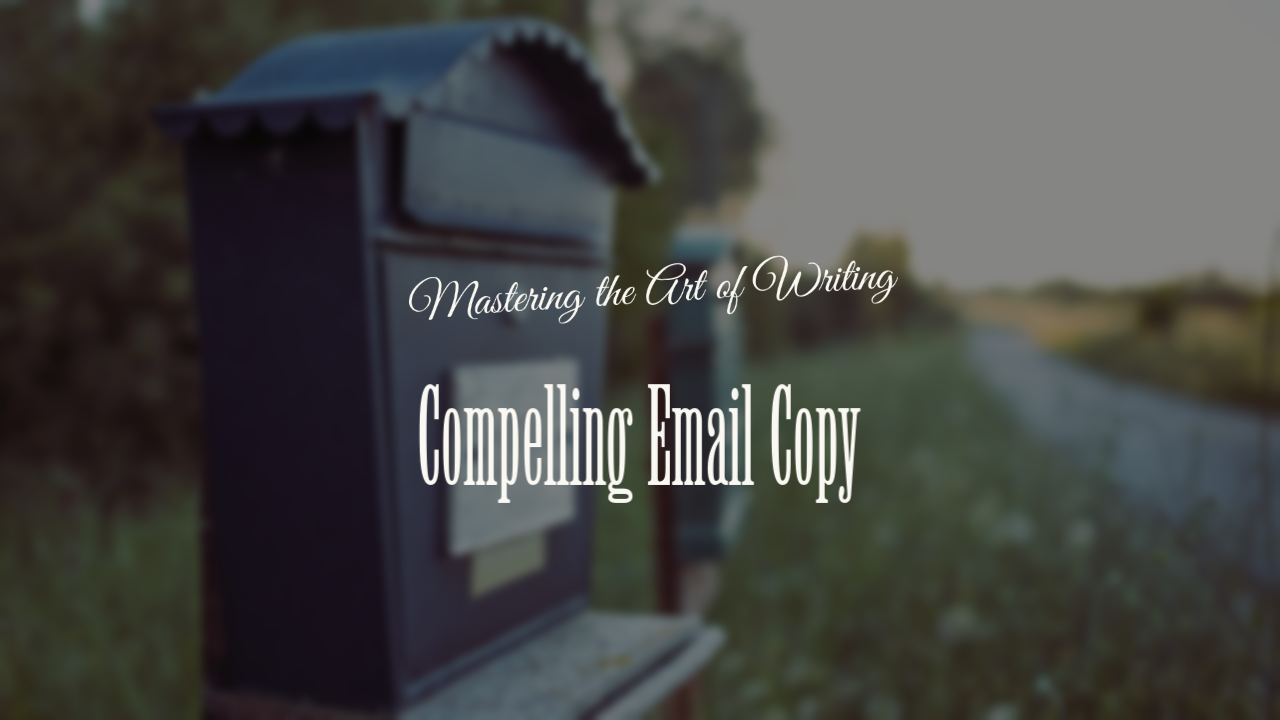Mastering the Art of Writing Compelling Email Copy: Best Practices and Tips

Writing effective email copy is an essential skill for any marketer or business owner who wants to connect with their audience and drive conversions. But with so many emails flooding inboxes every day, it can be challenging to stand out from the crowd. That’s why it’s crucial to understand the best practices for writing compelling email copy that engages readers and inspires action.
Email marketing is an effective way to communicate with your audience, but it’s important to craft messages that resonate with them. This means understanding your audience and tailoring your message to their specific needs and preferences.
In this article, we will discuss the best practices for writing effective email copy.
Understanding Your Audience and Tailoring Your Message
Before you begin writing your email copy, it’s important to understand your audience. Who are they? What are their pain points? What are their interests? Once you have a clear understanding of your audience, you can tailor your message to resonate with them. This means using language and terminology that they understand and can relate to.
Crafting Attention-Grabbing Headlines and Openers
The headline and opener are the first things your audience will see when they open your email. Therefore, it’s important to craft attention-grabbing headlines and openers that entice your audience to read on. Use clear and concise language, and highlight the benefits of your offer.
Writing Clear, Concise, and Compelling Body Copy
The body of your email should be clear, concise, and compelling. Use short paragraphs, bullet points, and subheadings to make your message easy to read and digest. Focus on the benefits of your offer, and provide clear and actionable information.
Using Persuasive Calls to Action to Drive Conversions
The goal of your email is to drive conversions, whether that’s making a purchase, filling out a form, or signing up for a newsletter. To do this, you need to use persuasive calls to action that encourage your audience to take action. Use action-oriented language, and make it clear what you want your audience to do.
Incorporating Visuals and Multimedia to Enhance Your Message
Incorporating visuals and multimedia can enhance your message and make it more engaging. Use high-quality images and videos that are relevant to your message, and make sure they are optimized for mobile devices.
Avoiding Common Mistakes and Pitfalls in Email Copywriting
There are several common mistakes and pitfalls to avoid when writing email copy. These include using jargon or technical language that your audience may not understand, using a generic or unclear subject line, and not providing enough value or benefit to your audience.
Measuring and Analyzing Performance to Optimize Your Strategy
Finally, it’s important to measure and analyze the performance of your email campaigns. Use metrics such as open rates, click-through rates, and conversion rates to identify areas for improvement. Test different elements of your email, such as the subject line, headline, and calls to action, to see what works best for your audience.
Conclusion
By following these best practices and tips, you can improve your email copywriting skills and create messages that resonate with your audience, inspire action, and drive conversions. Remember to continually test and refine your approach, using data and analytics to guide your decision-making and ensure your emails are delivering the best possible results.





